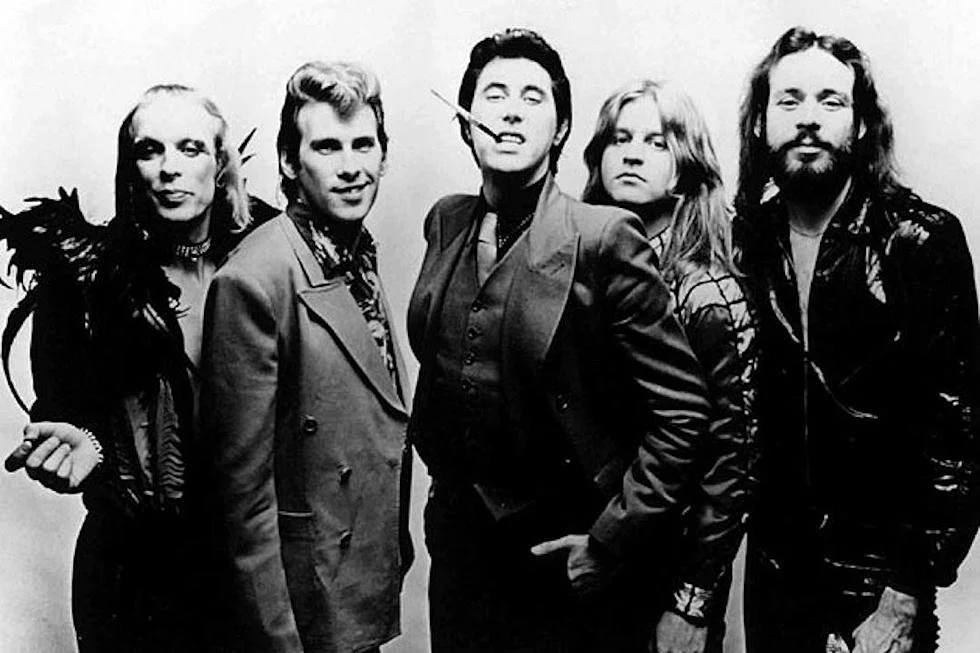By pejepeine
Songs that pose questions
The Jackrabbit Slim’s dance scene in Pulp Fiction is a homage to the Madison dance in Godard’s Bande à part (1964), but for me the most obvious nod to Godard is when Travolta says “After you, Kitty Cat” to Uma Thurman a little earlier. It’s slightly self-conscious, and for me echoes the phrase “Allons-y Alonso”, with which Belmondo beckons Anna Karina in Pierrot Le Fou (and which David Tennant stole for a catchphrase in Dr Who).
I’ve been saying Allons-y Alonso for decades, since I spent several afternoons in an arthouse cinema soaking up a French New Wave season at the age of 19. Of the Nouvelle Vague directors I think I now prefer Eric Rohmer, but Godard was the one who blew my mind back then – a riot of ideas, colour, questions, annoyances and audacity that reminded me of the insatiable curiosity and thirst, the restless cynical, questioning, of the friends I hung around with.
Godard defined a sort of nonchalant, cynical hipness that came into its own in the early 60s. His crime films are like ramshackle improvisations where nothing is taken quite seriously, yet his work is also a deeply serious artistic proposition, changing the way cinema was not only made, but also conceived of.
Yet that cool is essential to its appeal. Cool is an African-American word and concept, and before it became a byword for West Coast jazz, it was an essential element of bop, which alienated many with its blank cool, players turning their back on the audience, cutting into each other’s solos off and a focus on impressionistic drumming, but it also turned jazz from good-time music to an intellectual exercise in speed and improvisation and a frantic grab for freedom. Charlie Parker’s Koko shows why.
When Jean Paul Belmondo wasn’t mooching around in Godard films, you might find him being chased through the monumental landscape of Oscar Neimeyer’s Brasilia in The Man from Rio. Brazil was an artistic hotspot in 1964, and part of the reason was bossa nova – a genre that was kickstarted by Joao Gilberto’s Chega De Saudade, whose mumbled, conversational singing style and hypnotic playing redefined cool and posed a question that half the world eagerly leapt to answer.
The Moog synthesiser offered immense possibilities when it arrived in the late 60s. Annette Peacock and Paul Bley took the instrument and created M.J. – an extended variation on their Mr Joy that stretches out and points to vast, unexplored horizons ahead.
Then there is Roxy Music, whose first Top of the Pops performance was described by Severin as “like the Martians had landed”. Pop art is a huge influence here, and is perhaps a American/UK parallel to what Godard was doing, the dizzying jumble of popular culture images, and the modern mythologies that Barthes was coolly picking apart.
The Gang of Four’s Why Theory? poses literal questions, but the band were also deeply political, performing an egalitarian music where each element has equal weight. Their juddering rhythms, deadpan vocals and personal-is-political lyrics definitely carry the spirit of Godard.
The idea of hauntology derives from Jacques Derrida, but several British musicians turned it into a musical proposition – “mining the past to create the future” to create a sort of uneasy, curdled nostalgia. Boards Of Canada were never one of those groups, but Aquarius is a good example of the woozy drift of 70s and 80s childhood memories that makes them at least fellow travellers.
If you know Cat Stevens’ previous work, Was Dog A Doughnut? is likely to make you ask one question, frequently abbreviated as WTF? It’s an enigmatic, sprightly electronic instrumental that bears no resemblance to anything he’d done before, but it certainly bears a resemblance to a lot of stuff that came later.
Beatboxing is one of least-acclaimed of hip-hop’s cottage industries, still seen as a novelty long after the genre shook that tag off, but Reeps One’s fascinating experiment with artificial intelligence hints at one possible future for music.
Psychedelia also loved to pose questions, hinting at the mind-expanding possibilities of drugs and alternative lifestyles. Jefferson Airplane’s version of Wooden Ships involves escaping from a land-based apocalypse, munching purple berries and heading for a free and easy future.
Public Enemy knew what they were doing when they looped Robert “Chopper” McCollough’s squalling sax intro to the JB’s The Grunt for Rebel Without A Pause. McCollough was James Brown’s freest sax player, and his primal squawk is the wake-up call for a new, faster style of conscious hip-hop that galvanised a generation.
Rosalía is currently being a fully-fledged latin pop diva on her Motomami world tour, but before that album she released a slew of brilliant singles. A Palé was the darkest one – a thunderous piece of dancefloor electronica with a mind-bending video.
We’ll finish with Stereolab’s Jenny Ondioline – a band full of knowing references to the past, French cool and motorik beats.
Playlist 1: Songs That Question:
Charlie Parker – Koko (Nilpferd)
Joao Gilberto – Chega de Saudae (Magicman)
Annette Peacock & Paul Bley – M.J. (Tarquin Spodd)
Roxy Music – Virginia Plain (Severin)
Gang of Four – Why Theory? ( Carpgate)
Boards of Canada – Aquarius (Uncleben)
Cat Stevens – Was Dog a Doughnut? (Fred Erickson)
Reeps One featuring AI – Second Self (We Speak Music) (ajostu)
Jefferson Airplane – Wooden Ships (AltraEgo)
Public Enemy – Rebel Without A Pause ( MussoliniHeadkick)
Rosalía - A Palé ( Maki)
Stereolab – Jenny Ondioline (TarquinSpodd)
Playlist 2: Songs With Questions:
Mitsujibungaka – Kudarania (ajostu)
Diana Ross – Theme from Mahogany (SweetHomeAlabama)
Johnny Nash - There Are More Questions than Answers (magicman)
Supertramp – The Logical Song (IsabelleForshaw)
The Grateful Dead – China Doll (Chris7572)
Les Paul & Mary Ford– How Deep Is The Ocean (Marconius)
Moloko - Where is The What if the What Is In why? (barbryn)
Wire – Question of Degree (ShivSidecar)
Stump – Buffalo (Shoegazer)
Barry Mann – Who Put The Bomp? (Suzi)
Guru's Wildcard Picks:
Hortense Ellis – Why Birds Fly
Gorgeous, philosophical rocksteady
Theme from Les Quatre Cent Coups – Jean Constantin
Jean Constantin – Comment Voulez Vous?
My favourite piece of Nouvelle Vague music is the theme from Le Quatre Cent Coups, an instrumental version of a song by the great cabaret performer Jean Constantin. It's one of the greatest introductions to Paris, a grey, dull city watched over by the Eiffel Tower - Apollinaire's “shepherdess”, and the reprise during the final scenes of the film is guaranteed to get me blubbing.
How do you want it
Even if I find
A woman like that
How do you want me to prove to her that I am the wonder of wonders
How do you want me to tell her so that she realizes
How do you know she knows after all that as long as I live I will not, will never forget it
I don't know if I met her
Or else I dreamed not really
I do not know
I don't know if I made it up
But I know my tears have flowed.
These playlists were inspired by readers' song nominations from last week's topic: What's going on? Songs with more questions than answers. The next topic will launch on Thursday at 1pm UK time.
New to comment? It is quick and easy. You just need to login to Disqus once. All is explained in About/FAQs ...
Fancy a turn behind the pumps at The Song Bar? Care to choose a playlist from songs nominated and write something about it? Then feel free to contact The Song Bar here, or try the usual email address. Also please follow us social media: Song Bar Twitter, Song Bar Facebook. Song Bar YouTube, and Song Bar Instagram. Please subscribe, follow and share.
Song Bar is non-profit and is simply about sharing great music. We don’t do clickbait or advertisements. Please make any donation to help keep the Bar running:

